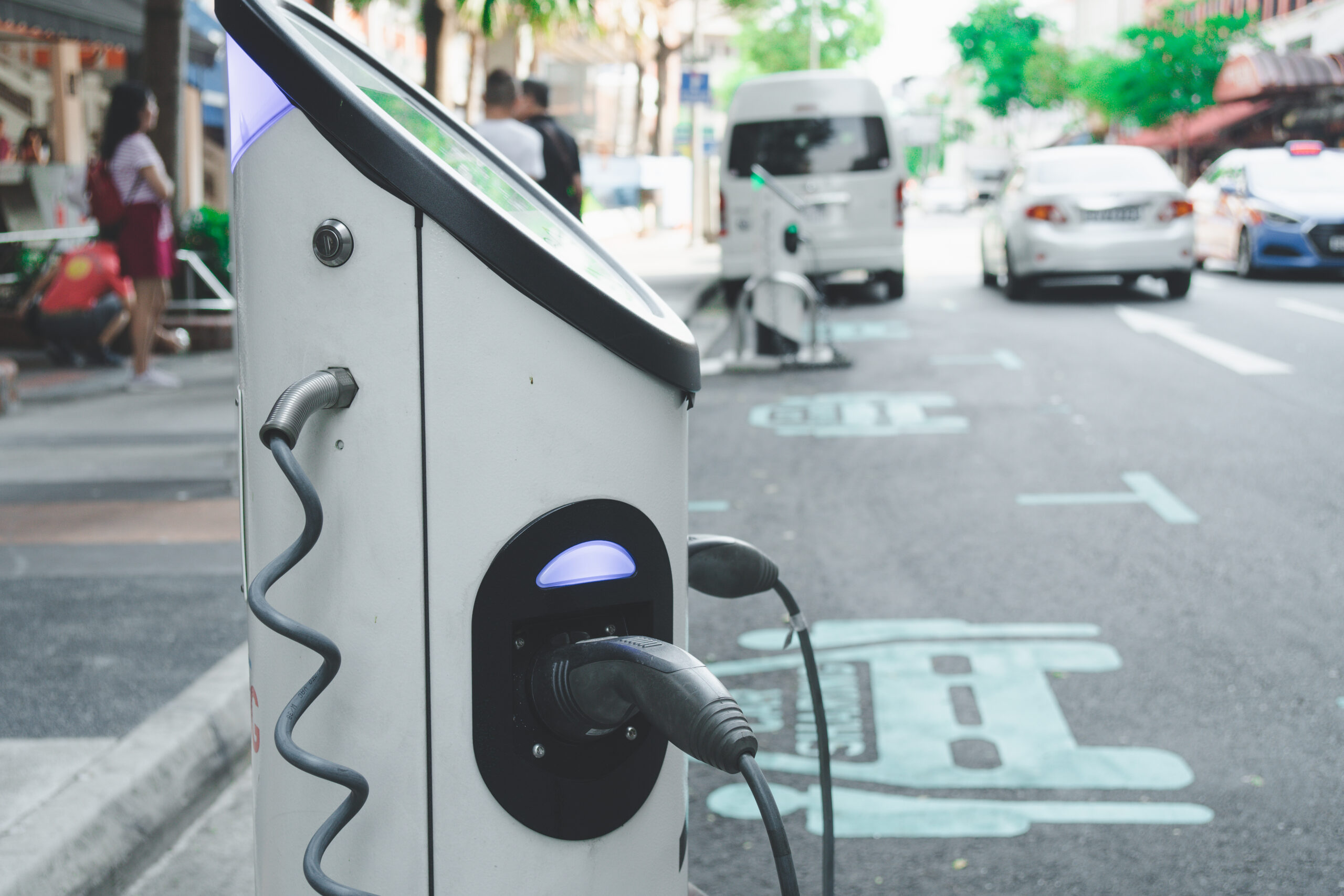Singapore explores electric avenues
A host of new rules on charging points have come into law in the past year, yet the pace of installation and consumer sentiment are still lagging as Singapore aims to meet its 2030 EV ambitions

Few countries on the planet are as well placed to introduce widespread electric vehicle (EV) usage as Singapore.
At just 729 square kilometres, it is the third smallest nation in Asia and the richest per capita. Yet this tiny island-state faces the same chicken-and-egg challenge afflicting every EV market in the world.
How do you encourage car buyers and property developers to opt for expensive upgrades on the vehicles they drive and related infrastructure when the vast majority still opt for oil-based energy?
When the Singaporean government launched its first EV charging points in subsidised Housing Board or HDB housing in late February, Transport Minister S Iswaran captured the public mood as the country considers its EV future.
“As we all know, one of the concerns is around what is called range anxiety, where the question is: ‘Where can I get my next charge?’” he says. “By making charging points ubiquitous across the island, especially in our HDB [car parks], we hope to eliminate that range anxiety and therefore encourage greater adoption.”
Singapore finds itself at a crossroads on EVs, with significant recent impacts on the property industry. In February 2021, the government announced its Singapore Green Plan 2030 which aims to phase out combustion-engine vehicles and introduce 60,000 EV charging points nationwide by 2030.
In a bid to reach these ambitious targets, the government has introduced increasingly strict rules which place growing responsibility on property developers. In late November, parliament passed a new law requiring all new buildings to install EV charging points in at least one percent of total car and motorcycle parking lots on future projects, and all developments over a certain size must install a minimum of one charging point for every 25 parking spaces.
The Electric Vehicles Charging Act, which was passed in January and is scheduled to come into practice during the second half of 2023, further makes EV charging points mandatory and the responsibility of developers on all carparks, except those with fewer than eight car or motorcycle spaces.
To mitigate costs, the Singaporean government has simultaneously launched a series of generous subsidies for developers although some grants are scheduled to be phased out by the end of this year.
Amid this rapidly changing landscape, some have already embraced the changes, and others have not. Frasers Property, one of the largest mall operators in Singapore, was working on installing dozens of EV charging points at all its 12 shopping centres.
“The availability and accessibility of charging stations are key to greater adoption of EVs,” says Tak Kee Yong, COO of Frasers Property Retail.
US multinational Schneider Electric announced in the second quarter its plans to provide 20,000 EV chargers by 2040, and the government has said it plans to supply one-third of all subsidised HDB housing with charging stations by the end of this year.
Overall, the government promised to install 40,000 charging points by 2030, leaving the private sector to make up the remaining 20,000 charging stations. Yet by the end of February, there were still fewer than 4,000 charging points nationwide.
The increasing but still sparse charging point coverage remains a significant factor in terms of EV take-up. Although the rate of electric vehicle purchases has risen— last year EVs represented nearly 12 percent of all registrations, triple the rate in 2021—still only about one percent of cars on Singapore’s roads are electric.
Although new government regulations have nudged developers towards installing charging stations in large developments, the buyer side of the market is yet to catch up
That is expected to change as the installation of EV charging stations accelerates, and millennials become car and homeowners. A recent survey by Mediacorp, Singapore’s state-owned media conglomerate, found 91 percent of people surveyed between the ages of 25 and 34 “agreed” or “strongly agreed” they were willing to take action to help save the environment. Last year, another survey by Polestar, the EV arm of Swedish automaker Volvo, found 34 percent of Singaporeans want combustion-engine vehicles to be prohibited altogether by 2030, a segment which rises to 47 percent, nearly half the population, for a ban by 2035.
But for now, still, lagging consumer sentiment on buying EVs also extends to property investment: With still only one percent of vehicles operating on electricity, many homeowners and would-be buyers care little if their current or future homes offer installed charging points.
So, although new government regulations have nudged developers towards installing charging stations in large developments, the buyer side of the market is yet to catch up, says Alan Cheong, executive director of consultancy and research at Savills Singapore. “Feedback from developers points to the still lackadaisical interest by buyers of new private residential developments on whether it is EV-enabled or otherwise,” he says. “The case for EVs is not sealed and shut.”
This article was originally published on asiarealestatesummit.com. Write to our editors at [email protected].
Recommended
Malaysia property market rebounds with foreign interest and growth
The nation’s property market is stirring to life, fuelled by foreign buyers and major infrastructure drives
China’s renewable energy surge redefines housing norms and development
From exporting solar panels to building entire green-powered neighbourhoods, China’s renewable surge is redefining housing norms
Philippine real estate stays resilient amid political turmoil
The arrest of former President Rodrigo Duterte is a huge political plot twist. But the real estate sector in the Philippines is not (yet) flinching
Vietnam housing market poised for growth despite tariff challenges
With possible punitive US tariffs looming over the economy, Vietnam’s otherwise buoyant housing market has entered a cautious stage







